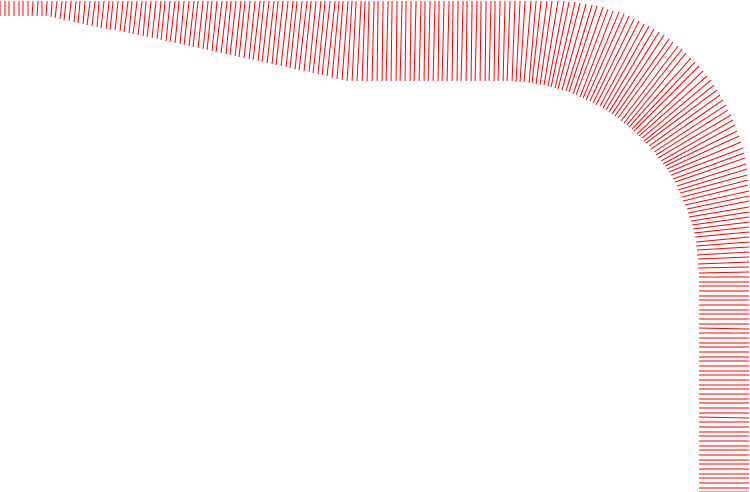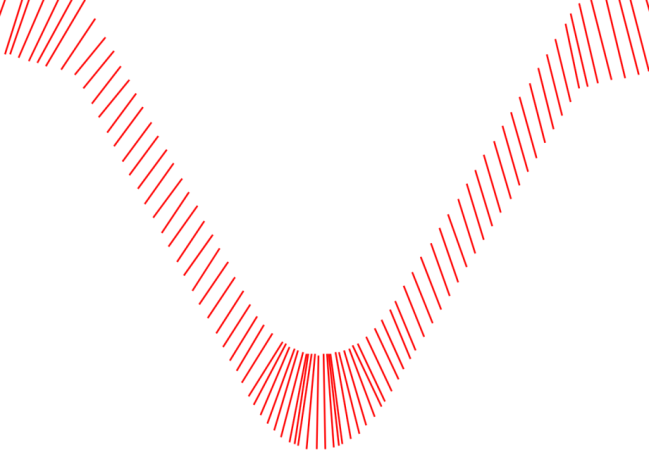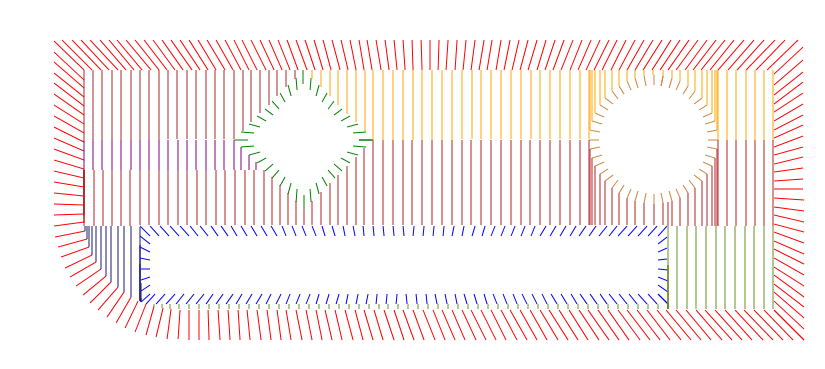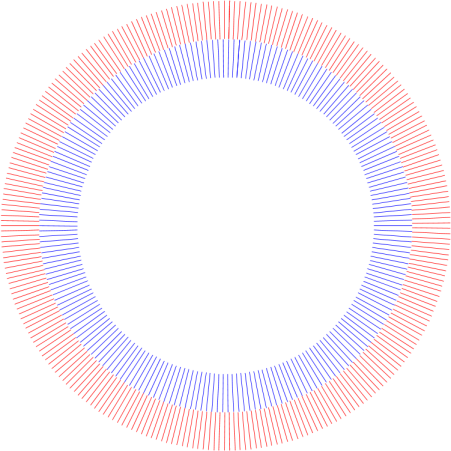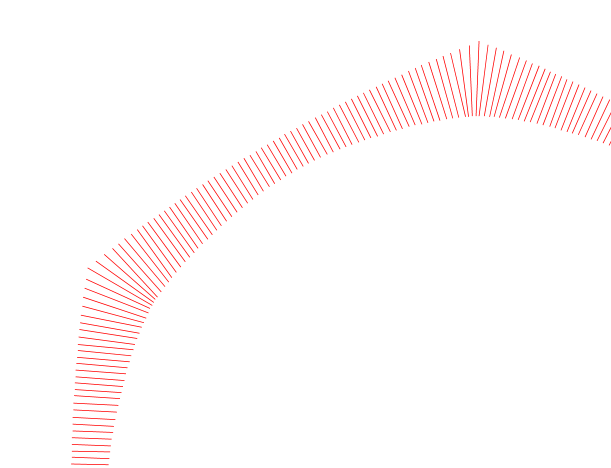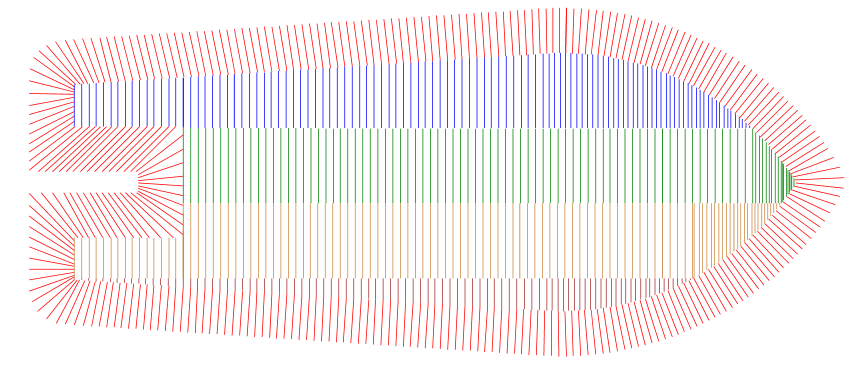A new type of nozzle gives us the opportunity to rethink how we approach pathplanning. With a variable opening and 360° orientation capabilities, we are offered a new set of both possibilities and challenges.
Our nozzle can cover a lot more ground in a single stroke compared to a single point nozzle. Our software makes sure it does.

